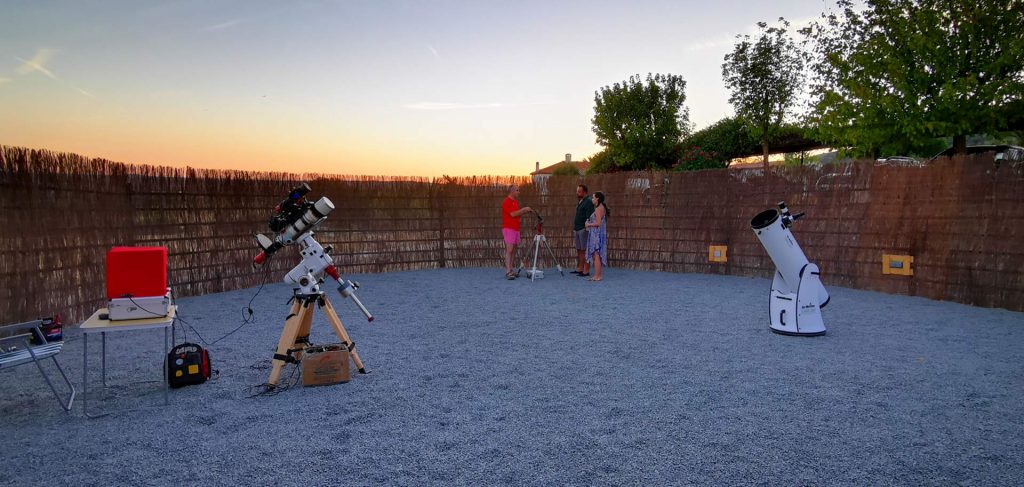

Starlight estrellas en Monfragüe Starlight stars in Monfragüe
La luz de las Estrellas en pleno corazón de Extremadura.The light of the stars in the heart of Extremadura
Palacio Viejo de las Corchuelas //Actualizado a: 29-07-2021
El Parque Nacional de Monfragüe
Estamos en pleno corazón del Parque Nacional de Monfragüe, un lugar Starlight observando estrellas en Monfragüe, a menos de una hora de Cáceres o Trujillo y 40 km de Plasencia. Además de Parque Nacional, también somos Reserva de la Biosfera, Zona ZEPA (Zona Especial de Protección de Aves), y uno de mejores Los Destinos Turísticos Starlight en el incomparable marco de una Reserva Starlight.
Somos un Alojamiento certificado Starlight, una cualificación otorgada por la Fundación Starlight a los establecimientos que pueden acreditar una calidad de cielo estrellado convirtiéndonos en mensajeros de los valores contenidos en la Declaración de La Palma, en Defensa del Cielo Nocturno y el Derecho a la Luz de las Estrellas.
En dicha Declaración de la Palma, la UNESCO, OMT, IAU, y otras agencias y organizaciones internacional , así como miembros de la comunidad científica y académica consideraron que deberían ponerse en práctica todas las medidas necesarias con el fin de informar y sensibilizar al conjunto de implicados en la protección del medio ambiente nocturno, ya sea a nivel local, nacional, regional o internacional, sobre el contenido y los objetivos de la Conferencia Internacional en Defensa de la Calidad del Cielo Nocturno y el Derecho a Observar las Estrellas,Starlight observando estrellas en Monfragüe.
The Monfragüe National Park
We are right in the heart of the Monfragüe National Park, a Starlight stargazing location in Monfragüe, less than an hour away from Cáceres or Trujillo, and 40 km away from Plasencia. In addition to being a national park, we are also a biosphere reserve, a SBPA (Special Bird Protection Area), and one of the best Starlight Tourist Destinations in the unique setting of a Starlight Reserve.
We are a certified Starlight Accommodation, a qualification granted by the Starlight Foundation to establishments that can demonstrate a quality starry sky, making us messengers of the values contained in the La Palma Declaration in Defense of the Night Sky and the Right to Starlight.
In said La Palma Declaration, UNESCO, UNWTO, IAU, and other international agencies and organizations, as well as members of the scientific and academic community, considered that all necessary measures should be implemented to inform and raise awareness among all those involved in the protection of the night environment, whether at the local,regional, national, or international level about the content and objectives of the International Conference in Defense of the Quality of the Night Sky and the Right to Observe the Stars, Starlight observing stars in Monfragüe.

Calidad del Cielo Nocturno
De este modo, los participantes de la Conferencia Internacional en Defensa de la Calidad del Cielo Nocturno y el Derecho a Observar las Estrellas, reunidos en La Palma, Islas Canarias, España, el 20 de abril de 2007; siendo conscientes que la visión de la luz de las estrellas ha sido y es una inspiración para toda la Humanidad, y que su observación ha representado un elemento esencial en el desarrollo cultural y científico de todas las civilizaciones, declararon:
- El derecho a un cielo nocturno no contaminado que permita disfrutar de la contemplación del firmamento, debe considerarse como un derecho inalienable de la Humanidad, equiparable al resto de los derechos ambientales, sociales y culturales. La progresiva degradación del cielo nocturno ha de ser considerada como un riesgo inminente que conlleva la pérdida de un recurso fundamental.
El conocimiento, apoyado en la educación, constituye la clave que permite integrar la ciencia en nuestra cultura actual, contribuyendo al avance de toda la Humanidad. La difusión de la astronomía y de los valores científicos y culturales asociados deberán considerarse como contenidos básicos a incluir en la actividad educativa.
c. El control de la contaminación lumínica debe ser un requisito básico en las políticas de conservación de la naturaleza dado el impacto que genera sobre muchas especies, hábitats, ecosistemas y paisajes.
d. La protección de la calidad astronómica de las áreas privilegiadas para la observación científica del universo deberá constituir una prioridad en las políticas medioambientales y científicas de carácter regional, nacional e internacional.
e. Ha de promoverse el uso racional de la iluminación artificial, minimizando el resplandor que provoca en el cielo y evitando la nociva intrusión del exceso de luz sobre los seres humanos y el medio natural. Esta estrategia implica un uso más eficiente de la energía en consonancia con los acuerdos sobre el cambio climático y la protección del medio ambiente.
f. Al igual que otras actividades, el turismo puede convertirse en un poderoso instrumento para desarrollar una nueva alianza en favor de la calidad del cielo nocturno. El turismo responsable, en todas sus manifestaciones, puede y debe integrar el paisaje del cielo nocturno como un recurso a resguardar y valorar en todos los destinos.
Night Sky Quality
In this way, the participants of the International Conference in Defense of Night Sky Quality and the Right to Observe the Stars, gathered in La Palma, Canary Islands, Spain, on April 20, 2007; being aware that stargazing has been and is an inspiration for all humanity, and that its observation has represented an essential element in the cultural and scientific development of all civilizations, declared:
a.The right to an unpolluted night sky that allows the enjoyment of contemplating the firmament should be considered an inalienable right of humanity, comparable to other environmental, social and cultural rights. The progressive degradation of the night sky must be considered an imminent risk that entails the loss of a fundamental resource.
Knowledge, carried by education, is the key to integrating science into our current culture, contributing to the advancement of all humanity. The dissemination of astronomy and associated scientific and cultural values should be considered basic contents to include in educational activities.
- The control of light pollution should be a basic requirement in nature conservation policies given the impact it generates on many species, habitats, ecosystems, and landscapes.
- The protection of the astronomical quality of privileged areas for scientific observation of the universe should be a priority in regional, national, and international environmental and scientific policies.
- Rational use of artificial lighting should be promoted, minimizing the glare it causes in the sky and avoiding the harmful intrusion of excessive light on humans and the natural environment. This strategy involves a more efficient use of energy in line with agreements on climate change and environmental protection.
- Like other activities, tourism can become a powerful tool to develop a new alliance in favor of night sky quality. Responsible tourism, in all its manifestations, can and should integrate the night sky landscape as a resource to be safeguarded and valued in all destinations.

Monfragüe es el paraíso de las aves y las estrellas, el Parque recibe al año una media de 500 mil visitas.. y la calidad del cielo y la belleza de los cielos del Parque Nacional de Monfragüe hace posible disfrutar de la observación del firmamento y contemplar la luz de las estrellas y es posible gracias a la protección de su cielo de la contaminación lumínica. Así fue como Monfragüe se convirtió en una Reserva Starlight , un espacio natural protegido donde se establece un compromiso por la defensa de la calidad del cielo nocturno y el acceso a la luz de las estrellas.
Si le hubieran dicho a cualquiera de nuestros abuelos que no iban a tener acceso a la luz de las estrellas y que para ver su luz tendrían que irse a más de 150 Km porque la contaminación lumínica se lo impediría… no lo hubieran creído. A día de hoy, muchos de nuestros huéspedes se emocionan al ver por primera vez en su vida La Vía Láctea con sus propios ojos. No lo pueden creer. Para nosotras, que vivimos en El Palacio Viejo de las Corchuelas, tener acceso a la luz de las estrellas es tan necesario como el agua, como vivir en la naturaleza, como ver a los pájaros o respirar las encinas.
Monfragüe is a paradise for birds and stars. The park receives an average of 500,000 visitors per year. The quality and beauty of the skies of the Monfragüe National Park make it possible to enjoy the observation of the firmament and contemplate the light of the stars, and this is made possible thanks to the protection of its sky from light pollution. This is how Monfragüe became a Starlight Reserve, a protected natural space where a commitment is made to defend the quality of the night sky and access to the light of the stars.
If our forebears were told that they would not have access to the light of the stars and that they would have to travel more than 150 km to see it because light pollution would prevent it… they would not have believed it. Today, many of our guests are moved when they see the Milky Way with their own eyes for the first time in their lives. They can’t believe it. For us, who live in the Palacio Viejo de Las Corchuelas, access to stars’ light is as necessary as water, living in nature, bird sighting, or breathing in the holm oaks fragrance.
